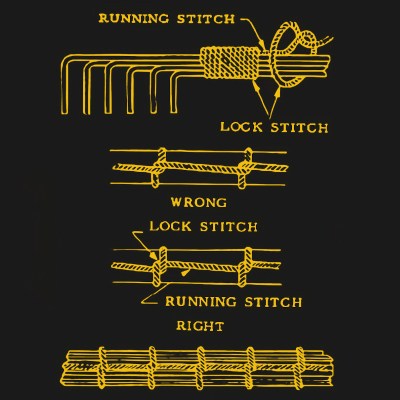The mobile phone may be sweeping away the traditional wired phone, but that doesn’t change the fascinating history and technology of the older device. At [This Museum Is Not Obsolete] they have a fully functional mechanical telephone exchange as one of their exhibits, and they’ve published a video examining the various sounds it’s capable of making.
When a voice synthesiser was the stuff of science fiction, exchange status couldn’t be communicated by anything but a set of different tones. If you’ve ever encountered a mechanical exchange you’ll recognise the harsh-sounding low-frequency dial tone, and the various sets of beeps denoting different call status. These were produced with a set of oscillators being switched in and out by shaped cams, and the bank of these on their exchange is most of the subject of this video. The common ones such as the engaged tone and the dial tone are explained, but also some we’d never heard such as the one signifying the exchange as out of capacity.
We may never own a mechanical exchange of our own, but we’re glad that someone does and is sharing it with us. You can see the video below the break.
Continue reading “Why Your Old Phone Sounded The Way It Did”


















